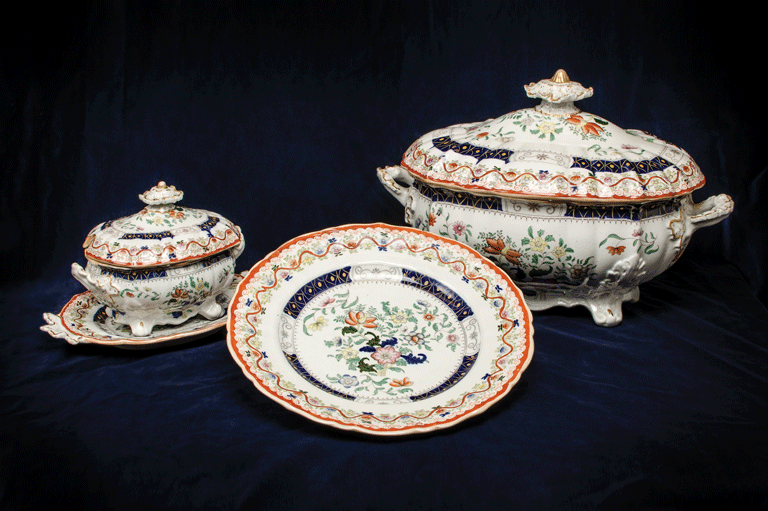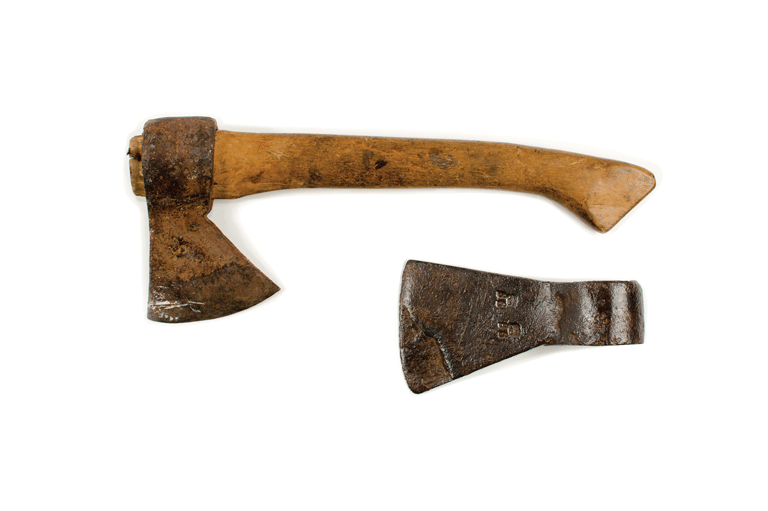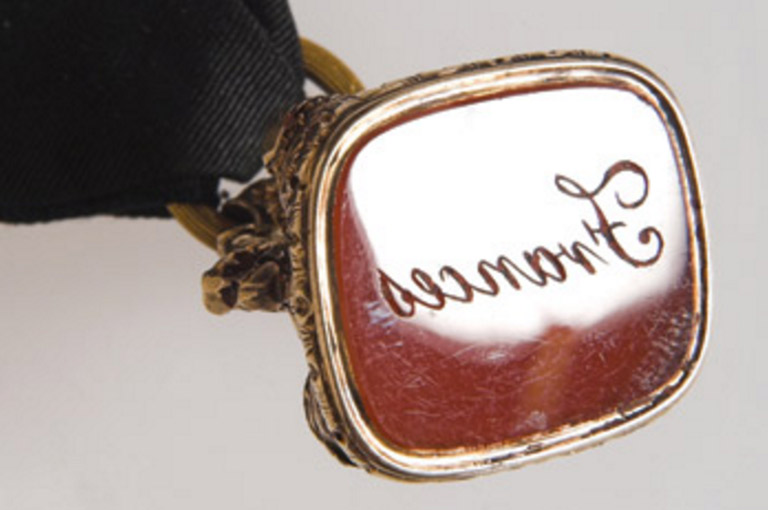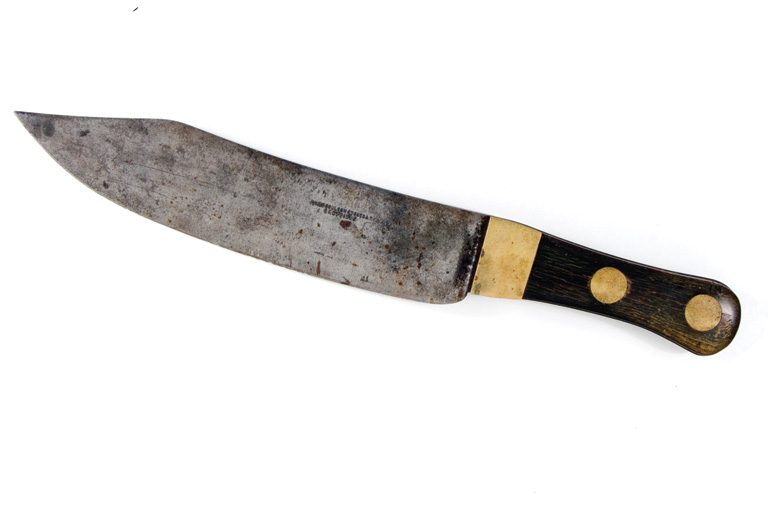Tobacco Pipes
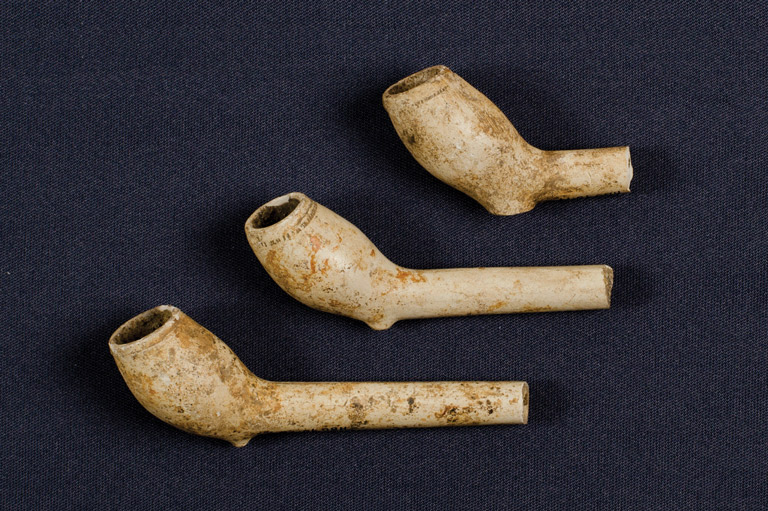
Clay tobacco pipes became part of European culture after encounters with Indigenous peoples in North America in the sixteenth century. Smoking quickly caught on, and pipes made from white kaolin clay were mass-produced and cheap enough for all classes to enjoy.
The pipes at the top of the photograph rest on a flat heel, and the lower pipe rests on a spur. The shape of pipe bowls, heels, and spurs changed over time, and this allowed researchers to date these particular pipes to the midseventeenth century. These pipes also have a simple rouletted pattern around the rim, but none have the maker’s marks that became more common after the late seventeenth century.
They were discovered during the Guildhall Museum’s excavations of the Hudson’s Bay Company staff garden on Little Trinity Lane in London, England, in the summer of 1965. The garden was presumably part of the company’s headquarters, as Beaver House was located right around the corner on Trinity Lane at Garlick Hill.
While we unfortunately have no notes related to the excavation, the pipes predate HBC’s occupation of that land from 1925 to 1970 and were likely left there much earlier in London’s history.
Themes associated with this article
Advertisement

